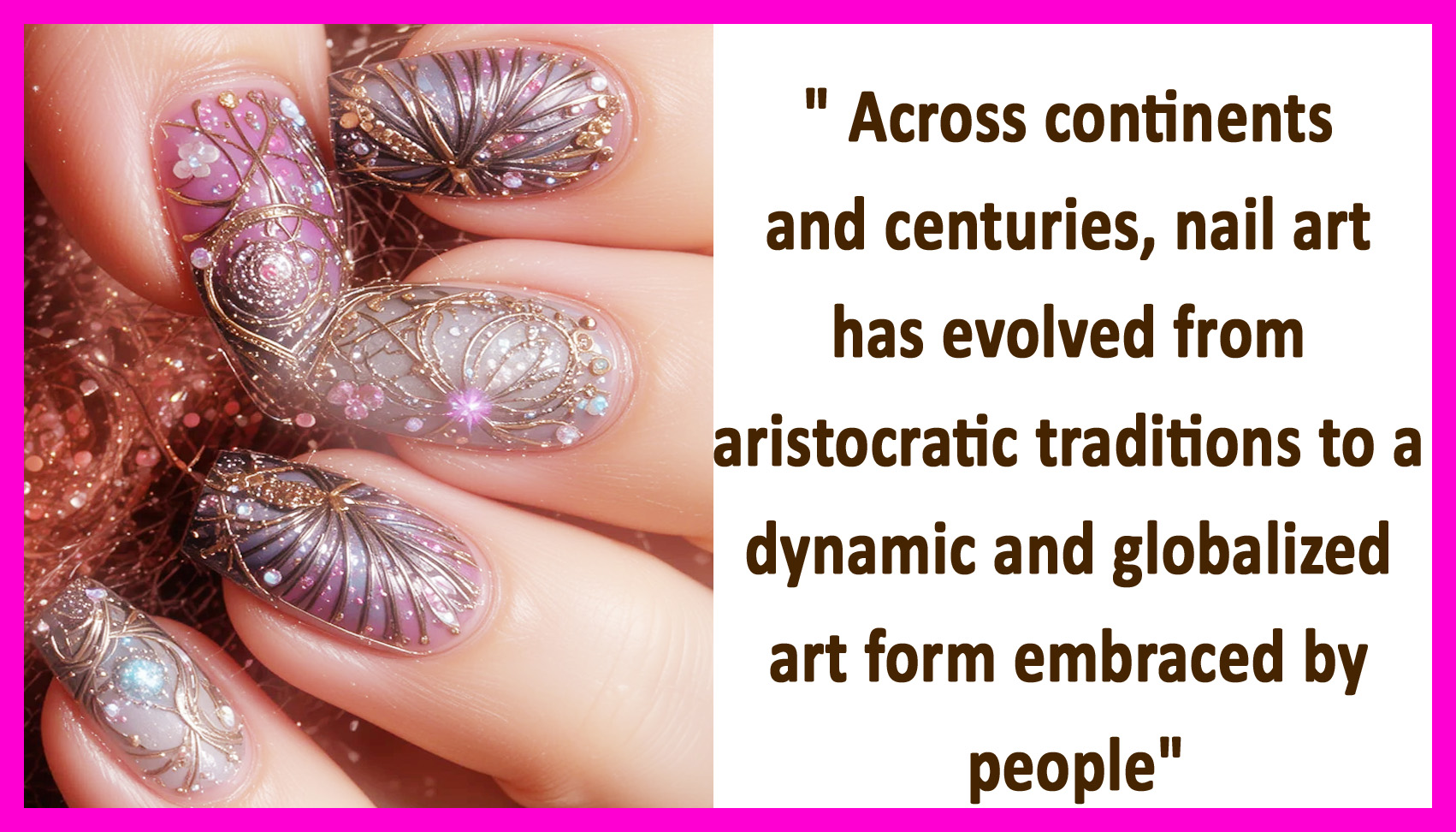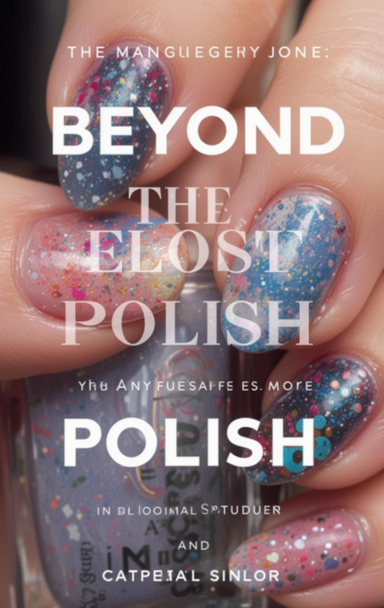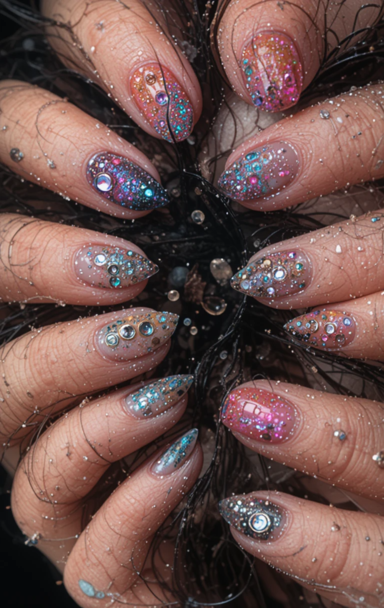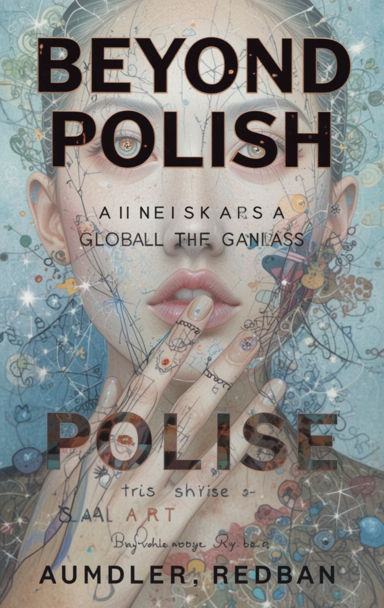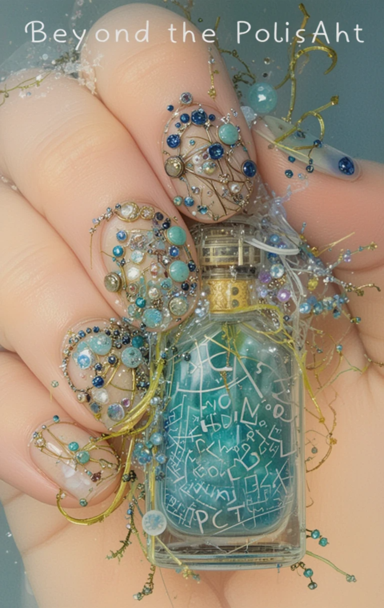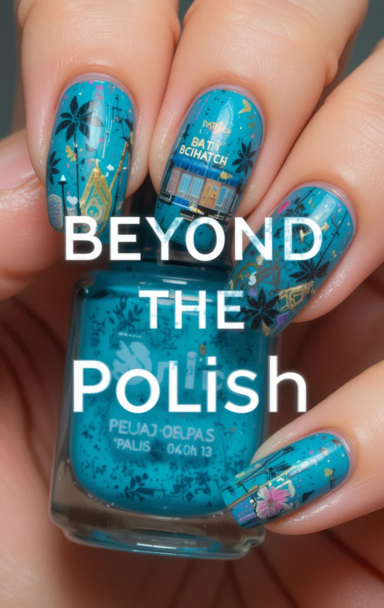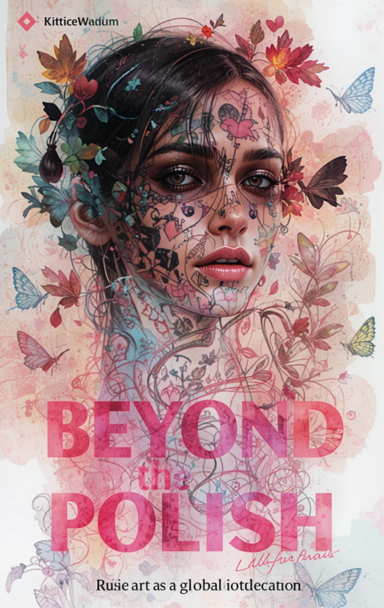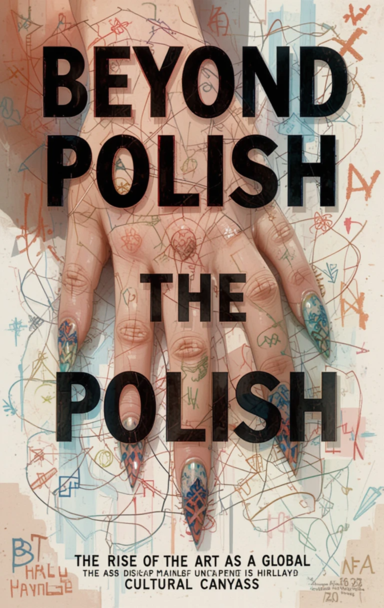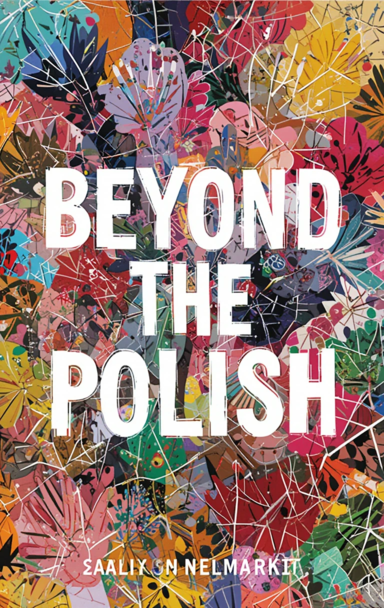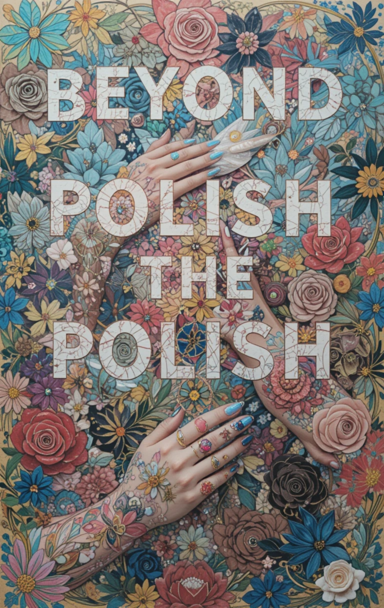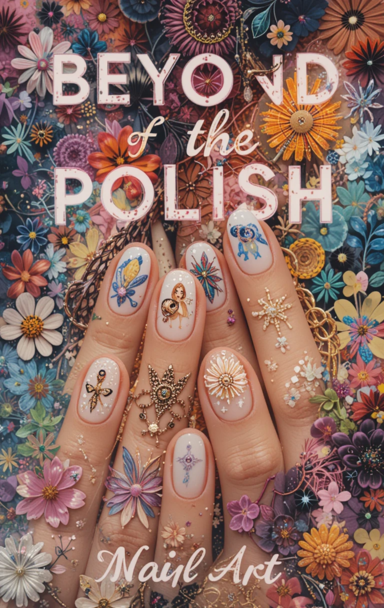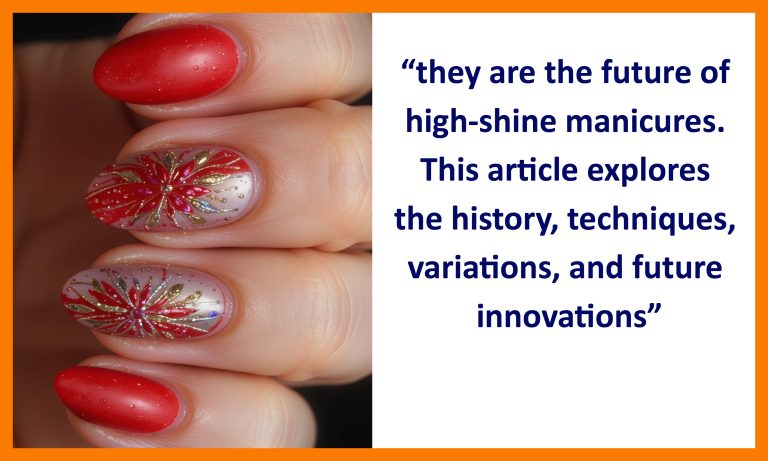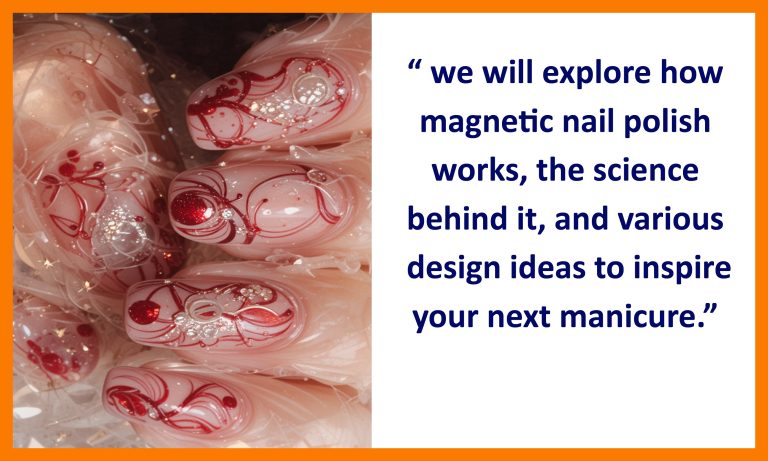Beyond the Polish: The Rise of Nail Art as a Global Cultural Canvas
Introduction
Nail art has transcended its origins as a simple beauty trend to become a powerful form of self-expression and cultural storytelling. Once limited to a coat of polish in neutral or vibrant shades, nails are now miniature canvases showcasing intricate designs, personal identity, and cultural narratives. Across continents and centuries, nail art has evolved from aristocratic traditions to a dynamic and globalized art form embraced by people from all walks of life. This article explores the rise of nail art as a cultural phenomenon, examining its historical roots, artistic significance, and impact on modern beauty standards worldwide.
The Historical Roots of Nail Art
Nail decoration is not a modern invention; it has existed for thousands of years across various civilizations. From the royal courts of ancient China to the elaborate henna designs of the Middle East and the bold colors of the 1980s, nail art has long been intertwined with identity, social status, and personal expression.
Ancient Origins: Egypt, China, and Mesopotamia
The earliest evidence of nail decoration dates back to ancient Egypt, where noblewomen stained their nails with henna or reddish-brown dye made from plants. Egyptian queens like Cleopatra and Nefertiti used henna to distinguish themselves, while lower-class women were restricted to lighter shades.
In ancient China, the ruling elite used crushed flowers and beeswax to tint their nails. During the Ming Dynasty, members of the royal family wore deep red and gold colors, signaling their power and status. Similarly, in Mesopotamian culture, warriors would stain their nails with kohl before battle, believing it symbolized strength and protection.
Medieval and Renaissance Influences
During the Middle Ages, nail decoration declined in many parts of Europe due to conservative views on vanity. However, in the Renaissance, European aristocrats revived the practice, using essential oils and natural dyes to enhance their nails subtly.
Meanwhile, in South Asia and the Middle East, henna remained a staple of cultural and religious celebrations, particularly for brides. The intricate floral and geometric designs applied to fingertips and nails symbolized joy, beauty, and blessings.
The Modern Evolution of Nail Art
The 20th and 21st centuries witnessed an explosion in nail artistry, influenced by technological advancements, pop culture, and social media. No longer confined to high society, nail art became accessible to people of all backgrounds, encouraging a democratization of beauty and self-expression.
The 20th Century: Hollywood, Acrylics, and French Manicures
The early 20th century saw the rise of nail polish as a mainstream beauty product. Revlon introduced the first opaque nail polish in 1932, sparking a beauty revolution. Hollywood actresses such as Marilyn Monroe and Rita Hayworth popularized red nails, cementing them as a symbol of glamour and sophistication.
By the 1970s, the invention of acrylic nails transformed the industry, allowing for longer-lasting and more durable manicures. The French manicure, introduced by Jeff Pink in the 1970s, became an instant classic, providing a natural yet polished look suitable for both casual and formal settings.
The 21st Century: Nail Art as a Cultural and Social Statement
The digital age ushered in an unprecedented era of creativity and accessibility in nail art. Social media platforms like Instagram, Pinterest, and TikTok have played a significant role in spreading nail art trends across the globe. Today, nail art is more than just a fashion statement—it is a form of art, activism, and cultural storytelling.
Nail Art as a Cultural Canvas
Nail art has evolved into a global cultural canvas, reflecting heritage, social movements, and artistic ingenuity. Across different cultures, nail designs often carry symbolic meanings, connecting individuals to their roots while also pushing creative boundaries.
Japanese 3D Nail Art: Innovation and Kawaii Culture
Japan is a global leader in nail art, particularly in the realm of 3D nail designs. The influence of “kawaii” (cute) culture has led to whimsical and intricate designs featuring rhinestones, miniature sculptures, and anime-inspired artwork. Japanese nail artists often incorporate traditional elements such as cherry blossoms, origami motifs, and calligraphy, blending heritage with modern aesthetics.
African and Caribbean Nail Art: Bold Colors and Storytelling
In many African and Caribbean cultures, nail art is deeply tied to self-expression, vibrancy, and storytelling. Bright, bold patterns inspired by traditional textiles such as Kente cloth and Ankara prints often make their way onto nails. Additionally, symbols of ancestry, strength, and heritage are commonly featured in nail designs, turning manicures into powerful cultural statements.
Latina and Chola Nail Culture: A Symbol of Identity
In Latinx and Chola subcultures, long acrylic nails with detailed artwork have been a defining feature for decades. Often adorned with gold, gemstones, and elaborate airbrush designs, these nails symbolize pride, resilience, and individuality. Artists incorporate elements like Virgen de Guadalupe imagery, graffiti-inspired lettering, and Aztec motifs, turning nails into wearable works of cultural significance.
Henna-Inspired Nail Designs: A Fusion of Tradition and Modernity
Henna has been used for centuries in South Asian, Middle Eastern, and North African cultures as a form of body art. Today, henna-inspired nail designs fuse ancient patterns with modern techniques, often mimicking the delicate lace-like designs of traditional henna tattoos on nails.
The Influence of Celebrity and Pop Culture
Celebrities have played a significant role in popularizing nail art, transforming it from a niche interest to a mainstream trend. High-profile artists such as Rihanna, Cardi B, and Billie Eilish regularly showcase elaborate manicures that push the boundaries of creativity and self-expression.
Fashion designers have also embraced nail art as an integral part of runway shows. Brands like Gucci, Chanel, and Christian Louboutin have launched their own nail polish lines, further blurring the lines between fashion and nail artistry.
Social Movements and Political Statements Through Nail Art
In recent years, nail art has emerged as a platform for activism and social commentary. Many individuals and artists use their nails to express support for causes such as Black Lives Matter, LGBTQ+ rights, and climate awareness. Political slogans, pride flags, and protest symbols have been painted onto nails, proving that beauty can be both aesthetic and deeply meaningful.
The Future of Nail Art: Technology and Sustainability
As nail art continues to evolve, technological advancements and sustainability efforts are shaping the industry’s future.
Augmented Reality and Digital Nail Art
AR technology allows users to try on different nail designs virtually before committing to a manicure. Brands like OPI and Essie have developed apps that let consumers experiment with colors and patterns using their smartphones.
Additionally, 3D printing technology is revolutionizing the industry, enabling the creation of intricate nail designs that were once impossible to achieve by hand. Artists and technicians can now produce customized, highly detailed embellishments for clients worldwide.
Sustainable and Non-Toxic Nail Products
The push for sustainability has led to the rise of eco-friendly nail polishes, biodegradable glitters, and cruelty-free nail products. Brands are moving away from harmful chemicals like formaldehyde and toluene, offering healthier alternatives without compromising on quality or creativity.
Conclusion
Nail art has transformed from a simple beauty practice into a global cultural phenomenon, bridging traditions, identities, and artistic innovation. Whether through ancient henna patterns, Japanese kawaii designs, or political statements, nail art serves as a unique form of storytelling and self-expression. As technology, sustainability, and cultural exchange continue to shape the beauty industry, nail art will remain a powerful canvas for creativity and identity in the years to come.

